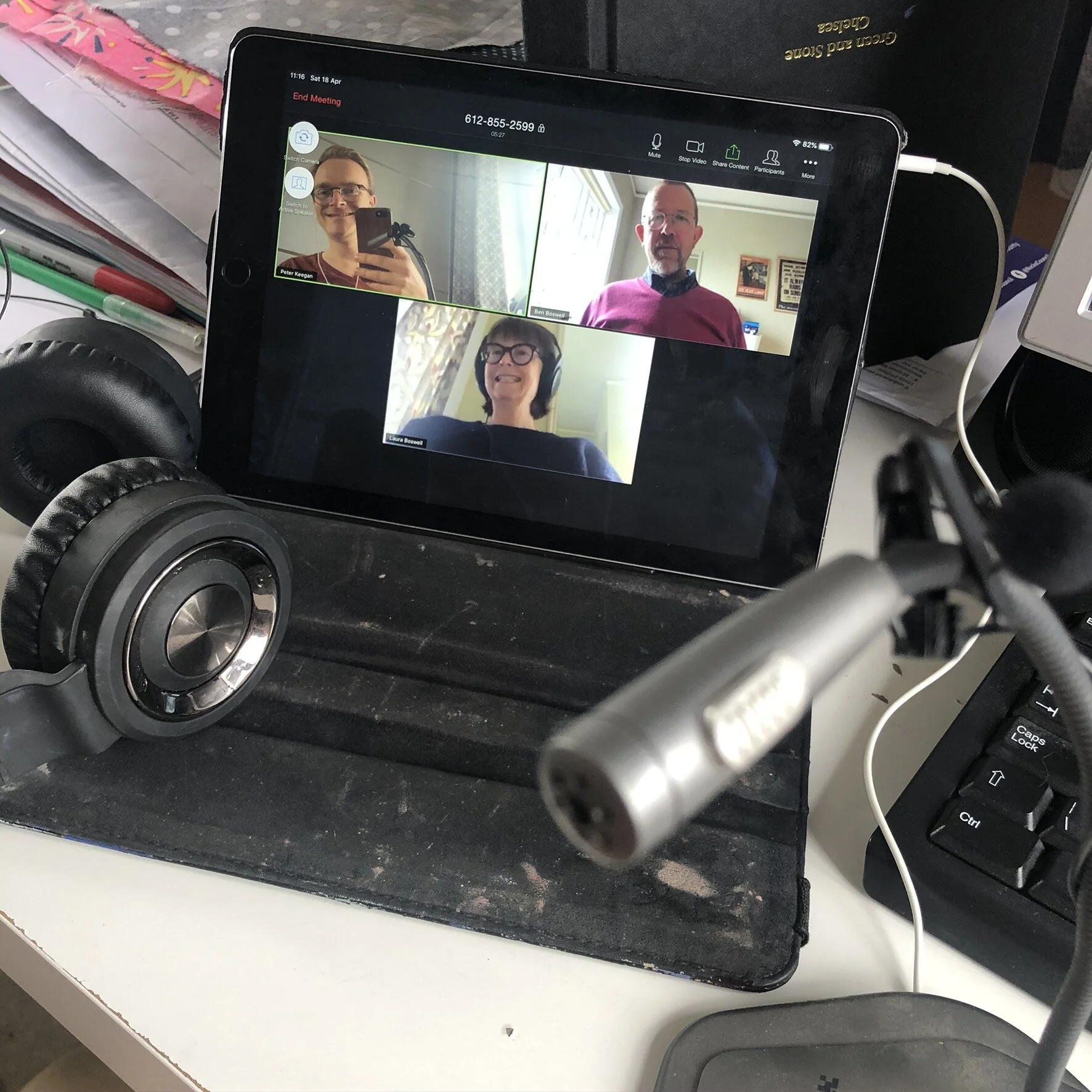Greetings one and all
Episode 32: Greetings cards can be a useful additional revenue stream if you are an artist whose work lends itself to being reproduced in this way.
Laura embraces greeting cards as a significant part of her business whilst Peter (quite rightly) does not see how they would fit into his work. However a little lateral thought may change his mind!
In this episode
Laura stocks a whole range of greetings cards, Peter doesn’t as yet, but might be persuaded. In this episode they discuss the pros and cons of making and selling your own greetings cards, the practicalities of design, sales and storage, plus the unexpected marketing benefits artist cards can bring.
1. Greetings cards of your work serve many functions besides the obvious: they are a souvenir, a source of inspiration, affordable when an original may be out of reach, a memory and a way to tell friends and family about a particular artist’s work. Never underestimate the power of a greetings card: it is a marvellous way of spreading the word about you and your work and makes you some money at the same time!
2. For printed cards, choose artwork that will work well at a small scale and don’t hesitate to tweak your photograph of the work to improve it as a card. Print out a dummy to scale and see if cropping or colour adjustments would improve it. Make sure you put a sentence or two on the back about you, plus your website, the title and the medium of the original. Leave the inside blank for maximum flexibility and never skimp on the quality of card stock or the envelope as cards represent you and your work!
3. Printing services vary from an entire package, delivering ready packed cards, to ‘printing only’ service with you assembling your own cards. There are template designs, or you can do your own layout. The more you do yourself, the cheaper the cost and the more flexible you can be with materials and design, but the more time you must invest in the product.
4. Start with a few designs and order short runs, Laura orders 200 maximum of any design. You’ll want to be able to update fairly regularly and best sellers can always be reordered. You could get together with other artists and put in a group order for printing and/or envelopes and bags to take advantage of any discounts for bulk orders.
5. Make sure you plan storage with easy access and keep an eye on stock levels. If you sell through your website like Laura, make sure you can pick and pack orders easily.
6. Make sure you take a selection of cards, preferably on a rack, everywhere; shows, classes, events and open studios. Make sure the prices are clear. Offer a discount for buying four or five together as people almost always go for the offer. Trade sales to shops, galleries or other outlets can be profitable. Trade price will be 50% of your usual retail price and should be paid in advance. If you are leaving cards on a sale or return basis, be sure the outlet doesn’t sticker every card with their price tag; you don’t want to have to re-bag any returns!
The Takeaway
When selecting work to turn into cards, only choose the artwork will suit a card format. Not all artworks, however lovely, will work as greetings cards. Don’t be afraid to crop or alter your original to work on a smaller scale.






